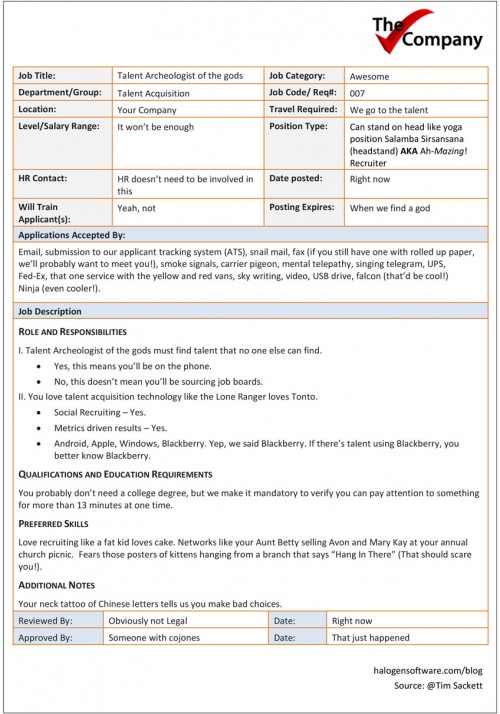There is one absolute truth in Recruiting: You (anyone who works in recruiting) will attempt to ‘Re-Process’ your recruiting process because you feel you can make it more efficient, more effective, more ‘something’. The ‘old’ process was a failure (mainly because you didn’t design it), and you have to give the process an overhaul to bring it up to today’s standards. This new process will satisfy your hiring managers, and completely revolutionize how talent is brought into your organization.
Is this true?
It is. I’ve been you. The problem is, it won’t work. The new process, is the old process, with better clip art. The new process might actually be a ‘better’ process, but it doesn’t matter. The reason it doesn’t matter is because of something you aren’t even considering. Why are you ‘re-processing’? Let’s assume it’s because you need to get “more” out of your recruiting process. You need more talent, you need more compliance, you need more satisfied hiring managers, you need more retention, you need, more.
That’s really what this is all about. If your current process was delivering you more, you wouldn’t change.
Do you know why your ‘new’ process won’t work either? You don’t really want to get more. You’re afraid of more. More opens you up to things you could hide from under the old process.
That is why your ‘new’ process will fail. Deep down, in places you don’t talk about at work, you don’t want the process to succeed.
Having a successful process means you have to open yourself up to failure. A successful process needs some things to be successful. Hard metrics, levels of accountability, a line in the sand that says “we own this”. Those things will demonstrate success, and they will clearly demonstrate failure. We love demonstrating our success. No one loves demonstrating our failure. So, we attempt to ‘re-process’ a process that will ensure our success, and also ensure we don’t fail. That is impossible. Success only works as a comparison. Here is how we succeed, because here is what it looks like if we fail.
Organizationally, failing isn’t the worst thing that can happen, but individually we fear it. This fear keeps us from designing the process our organization really needs. A process that will show those doing it right, and those not doing it right. A process that shows us where we need to improve, specifically. A process that will lead to some black and white decisions.
That is why your new Recruiting process will fail. You are not willing to build one that will show your failures.

